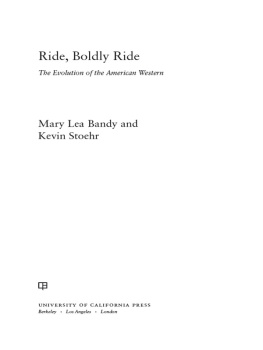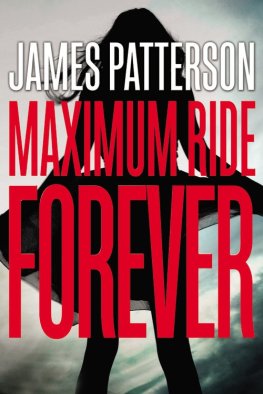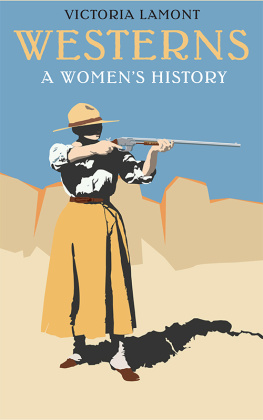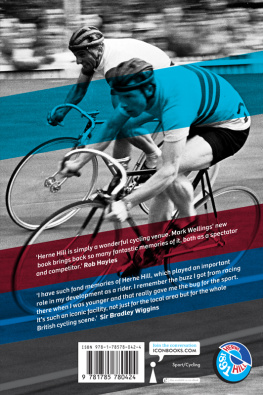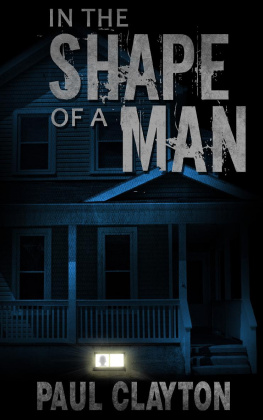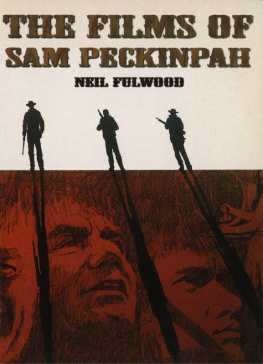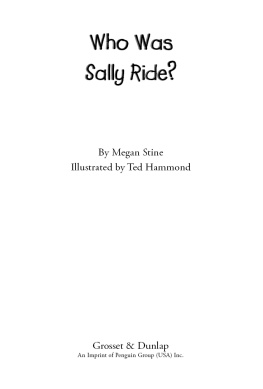The publisher gratefully acknowledges the generous support of the Ahmanson Foundation Humanities Endowment Fund of the University of California Press Foundation.
University of California Press, one of the most distinguished university presses in the United States, enriches lives around the world by advancing scholarship in the humanities, social sciences, and natural sciences. Its activities are supported by the UC Press Foundation and by philanthropic contributions from individuals and institutions. For more information, visit www.ucpress.edu.
Bandy, Mary Lea.
Ride, boldly ride: the evolution of the American
western / Mary Lea Bandy and Kevin Stoehr.
p. cm.
Includes bibliographical references and index.
ISBN 978-0-520-25866-2 (cloth : alk. paper)
I. Western filmsUnited StatesHistory and
criticism. I. Stoehr, Kevin, 1967-. II. Title.
PN1995.9.W4B255 2012
791.436'278dc23 20120149 5 5
In keeping with a commitment to support environmentally responsible and sustainable printing practices, UC Press has printed this book on Rolland Enviro100, a 100% postconsumer fiber paper that is FSC certified, deinked, processed chlorine-free, and manufactured with renewable biogas energy. It is acid-free and EcoLogo certified.
Acknowledgments
Ride, Boldly Ride: The Evolution of the American Western grew out of a suggestion by Glenn Lowry, director of the Museum of Modern Art in New York. At the turn of the millennium, he asked the chiefs of the museum's six curatorial departments to contribute a book of studies about their respective collections. I eagerly grasped this opportunity to tell a story of the Western in American cinema, about cowboys and ranchers and new citizens of the West who were creating settlements in magnificent landscapesnever mind the occupation by tribes of Indians who were there first.
I am indebted to Charles Silver, director of the Film Study Center at the Museum of Modern Art, who helped me to discover much of the history of the art of cinema; to Film Department curator Laurence Kardish, an invaluable colleague, for his advice and support; to film curatorial assistant Jenny He, who had assisted in selecting film stills to accompany the text; to Katie Trainor, film collections manager, for her help with additional stills; and to Harriet Bee for her friendship and editorial advice. I give special thanks to Clint Eastwood for contributing the foreword to this book, and most of all to my husband, Gary, for his continual advice, support, and criticism. Finally, I am grateful for the many Hollywood filmmakers who have created one of America's richest forms of cinematic art.
Mary Lea Bandy
I express my gratitude to Kenneth Loving, Loretta Stoehr, Mark Griffin, and Charles Silver for their support and encouragement. Thanks must be given to the late Bruce Ricker, too, for his help with various aspects of this project. I also give special thanks to Mary Francis, our editor at University of California Press, and Ellen Geiger, vice president and senior agent at the Frances Goldin Literary Agency, who have stood faithfully by this project since its inception.
Kevin Stoehr
Foreword
Most filmmakers tend to be devoted to movie history. Any new motion picture with serious intentions provides an opportunity for a director to respond to cinematic traditions, whether reverentially or critically. For example, the first major Western in which I was featured, A Fistful of Dollars, was a remake of Akira Kurosawa's Yojimbo, which was in turn a playful parody of Kurosawa's own earlier samurai films. Like most members of the cinematic community, I have always taken pleasure in exploring connections and chains of influence like these.
I also recognize influences in my own work. I dedicated Unforgiven to a pair of filmmakers who had some effect on my early years of directing: Sergio Leone and Don Siegel. Growing up, I experienced many of the classic Western films by the likes of John Ford, Howard Hawks, William Wellman, and Anthony Mannand watched quite a few of the not-so-great Westerns to boot. When a Western movie is done right, with the passionate commitment of everyone involved, it rises above mere entertainment or spectacle.
The genre has outlasted the critics who have predicted its demise ever since D. W. Griffith directed his one-reel oaters. But the public's recognition of the Western movie as a genuine art form was a long time coming, and it helped that the right people lent a hand in making that acknowledgement clear. Mary Lea Bandy is one of those individuals, and I got to know her when the Museum of Modern Art began programming screenings and retrospectives of my films, starting in the early 1980s. Mary Lea also worked with Bruce Ricker in coproducing the documentary Clint Eastwood: Out of the Shadows.
Countless pages have been written about the Western film over the years. But often these books and essays, while dealing with plots and actors and directors, do not explain why these movies, or at least the best of them, belong to a genuine art form. Ride, Boldly Ride offers such an appreciation. Many of the films discussed here have a powerful effect on viewers, not only because of the acting performances and directorial styles, but also because their stories revolve around themes of violence and tragic loss, and because their images reveal the beauties and challenges of the natural landscape. In addition, the best Westerns offer a feeling of adventure and exhibit a visual tempo that is not unlike musical composition.
Mary Lea's book draws the reader's attention to some of the Western films that have been underappreciated or that do not neatly correspond with rigid definitions of the genre. While there is much that we can learn here about classics like Stagecoach and Red River, the book also pays tribute to such movies as 3 Bad Men, The Wind, The Big Trail, Ruggles of Red Gap, The Westerner, Northwest Passage, Jubal, and Comanche Station. With movies like these, it is clear that the Western film has a broad and rich history, one in which I am proud to have played a role.
Clint Eastwood
Introduction
[Anthony Mann on the Western]: Well, I think the reason why it's the most popular and long-1asting genre is that it gives you more freedom of action, in landscape, in passion. It's a primitive form. It's not governed by rule; you can do anything with it. It has the essential pictorial qualities; has the guts of any character you want; the violence of anything you need; the sweep of anything you feel; the joy of sheer exercise, of outdoorness. It is legendand legend makes the very best cinema. It excites the imagination moreit's something audiences love. They don't have to say: Oh, I know about that; they just need to feel it and be with it, because legend is a concept of characters greater than life. It releases you from inhibitions, rules.And this is what the Western doesit releases you, you can ride on the plains; you can capture the windswept skies; you can release your audiences and take them out to places which they never would have dreamt of.And, more importantit releases the characters. They can be more primitive; they can be more Greek, like

